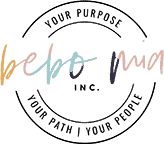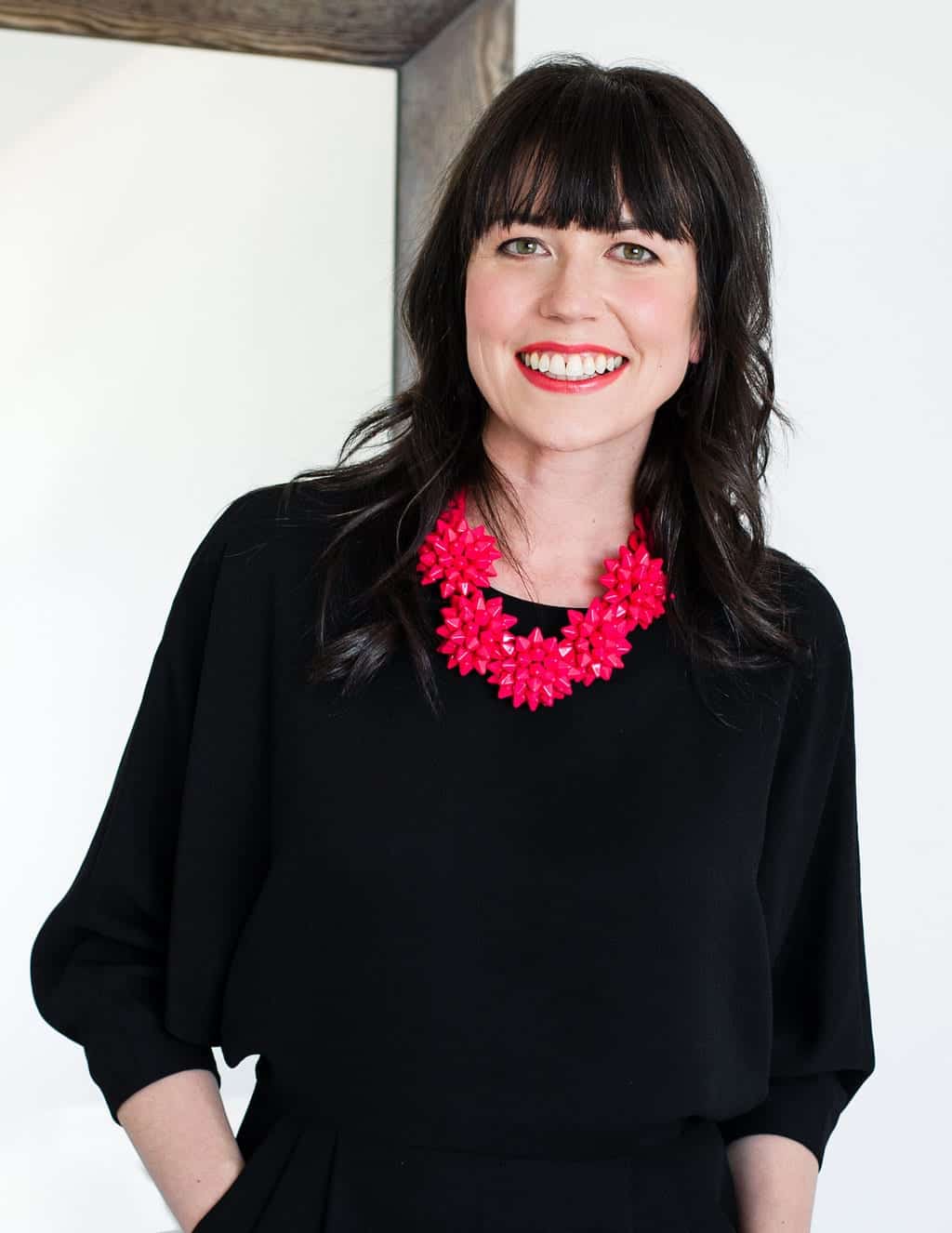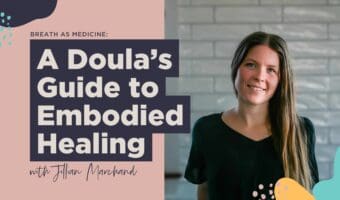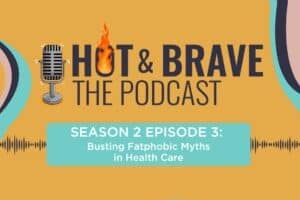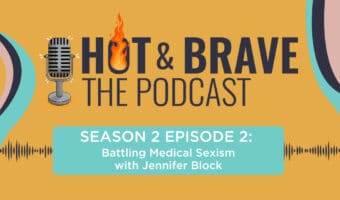[wpseo_breadcrumb]
The American Academy of Pediatrics announced a revision of their infant sleep guidelines and all of us here at bebo mia are very happy about it. The updated safe sleep guidelines are moving more towards what many parents already do instinctually and it recognizes that when it comes to sleep, our babies often have different plans than we do.
Since the change this past Fall we have been busy updating all of our resources for our Sleep Educators so that they can constantly deliver relevant information to their clients, aka soon-to-be parents. We make it our priority to stay up-to-date on safety standards and best practices so that our students (and graduates) feel confident in the information they are delivering to promote safe sleep for families!
And look! We’ve summarized the safe sleep guidelines for you:
- skin-to-skin immediately after birth (no matter what type of birth).
. - no smoking, drugs or alcohol during pregnancy and after baby is born.
. - exclusive breastfeeding or expressed (when possible) for the first 6 months is preferred.
. - baby placed on back to sleep (once baby is rolling on their own, it is ok to let them do this as long as all other guidelines are followed).
. - baby on firm mattress with a tight fitting sheet.
. - the baby’s bed should be bare. No bumpers, stuffies, pillows or blankets.
. - the exception is a pacifier, but it should not have a cord or clip.
. - no commercial devices or products like wedges or bumpers.
. - babies should not be left alone to sleep in swings, car seats etc. Their head may slump forward restricting their airway, or strangulation may occur.
.
For a complete list of recommendations click here.
The Health Agency of Canada last revised their safe sleep recommendations in 2014, and all of theirs are in line with the recent AAP guidelines, with the addition of baby’s crib not being more than 10 years old.
Both the AAP and Health Agency of Canada advise that baby sleeps in the same room as parents, and that doing so reduces the likelihood of SIDS by 50%! The AAP extended the timeline from the first 6 months, to ideally the first year. This is because we should be alert to baby’s cues, and recognize that parenting takes place 24 hours a day.
“The AAP extended the recommended timeline for room sharing from 6 months to 1 years so parents can be alert to baby’s cues.”
What happens if baby doesn’t want to follow the guidelines?
Working with new parents for over a decade, we know that there is more to the story, as there often is with parenting. We all want to prepare the safest environment for our babies but as many new parents know, sometimes our babies just want to be near mom and will do whatever it takes to make that happen.
The AAP now recognizes this and has added bed-sharing safety into their guidelines, ’cause let’s face it, it totally happens. And we would prefer it is done as safely as possible!
Our students often come to us with questions like:
- what if baby won’t let their parent(s) put him down?
- is there a way to co-sleep safely? Mama gets so tired after a feed!
- swaddling helps some babies sleep, is that ok?
Lori Feldman-Winter, co-author of the new sleep recommendations for the AAP says:
“If you are feeding your baby and you think that there is even the slightest possibility that you may fall asleep, feed your baby on your bed, rather than a sofa or cushioned chair. If you do fall asleep, as soon as you wake up be sure to move the baby to his or her own bed.”
There are biological factors that make both mom and baby tired when nursing, especially at night. We need to recognize that many parents are bed-sharing, and many are bed-sharing in secret for fear of negative feedback.
The new guidelines recognize this and allow the conversation to continue so parents who fall asleep with their baby (or choose to fall asleep with their baby) have access to safe sleep guidelines. Want to know more about safe bed-sharing? Check out Le Leche League’s bedsharing cheat sheets.
Getting sleep with a newborn is tough. What now?
We want to add a few points that we cover in depth in our Infant Sleep Educator training that we believe will be important for all parents to know. Getting enough sleep is hard as ‘heck’ when you are a new parent and there are things you can do to prepare for this challenge:
- Proper nutrition for a breastfeeding mother can make a world of difference, having prepared meals ready for after the baby comes or creating a schedule to have friends/family stop by with meals.
. - The responsibility of baby’s sleep should not be the sole responsibility of the birth parent. Share the load with a partner or other people in your village. Having a trusted confidante to lean on can greatly reduce a parent’s likelihood of experiencing depression or anxiety.
- Getting out of the home and exercising (walks are perfect) can help parents get better quality sleep themselves. When baby gets older this will help with their sleep too!
. - Bed-sharing does happen and it happens often; it is important to share ways to do so to mitigate as many dangers as possible. Don’t forget about this list!
. - The knowledge of how and why babies sleep the way they do (waking frequently) can provide perspective, peace and validation for parents as they learn that they are not “creating bad habits”, and their baby is actually behaving exactly as she was designed to!
Ultimately, planning ahead for both the expected and unexpected is key – and we’re the first to admit that some of the things we “planned” for during pregnancy went right out the window once baby came along – and the best way to set yourself up with a successful is through education and support. Know what is biologically normal for infant sleep to manage expectations, know the sleep safety guidelines listed above, and create your village of support. It will make the lack of sleep ‘somewhat more tolerable’.
_______________________
Brandie Hadfield is the co-creator and facilitator of the Infant Sleep Educator Certification program. Her work as a Parent Educator and Sleep Expert provides parents with an alternative method of sleep support that fosters healthy, long term sleep habits for the entire family. She is the mother to two boys, president of Attachment Parenting Canada, a Dr. Sears Health Coach, co-creator & instructor of bebo mia’s Infant Sleep Educator Certification and an admitted work-a-holic. She loves to play video games with her boys as much as she loves to play outside.

FREE ONLINE MINI-COURSE
BLISS IN BUSINESS RETREAT
Your future is created by what you do today — that's why we created a completely FREE mindset mini-course to help doulas and birth workers find bliss in their business!
